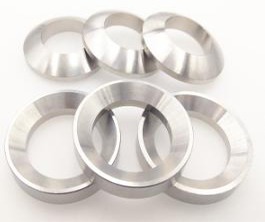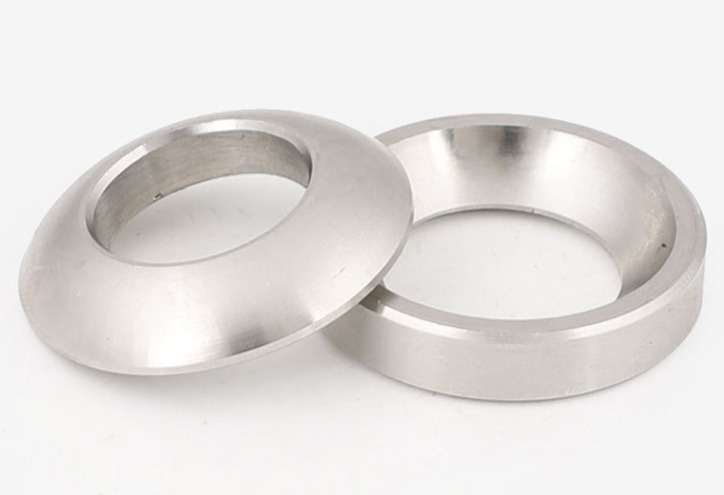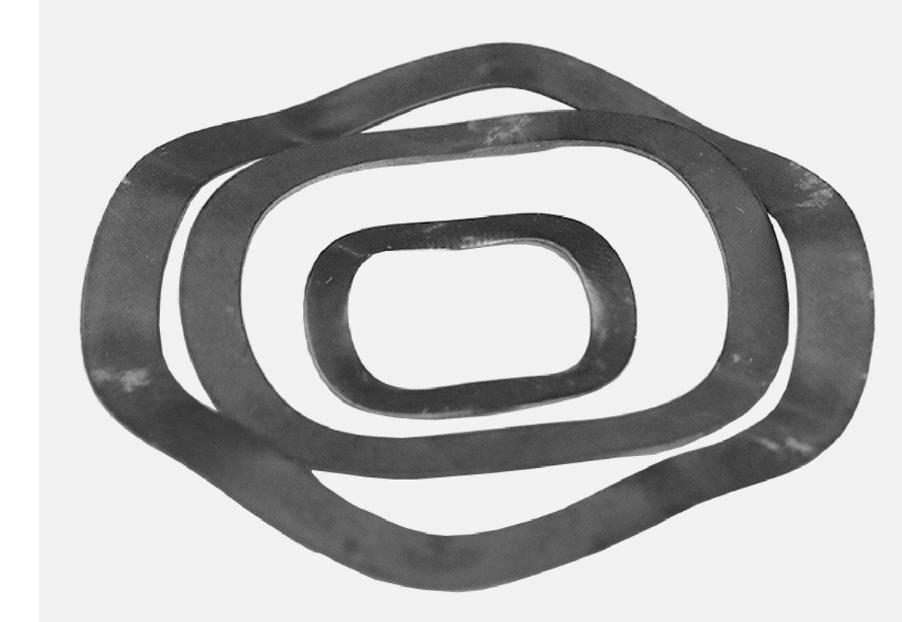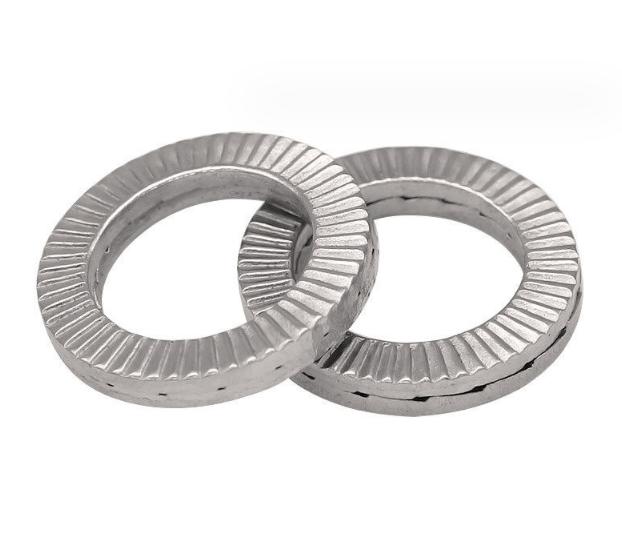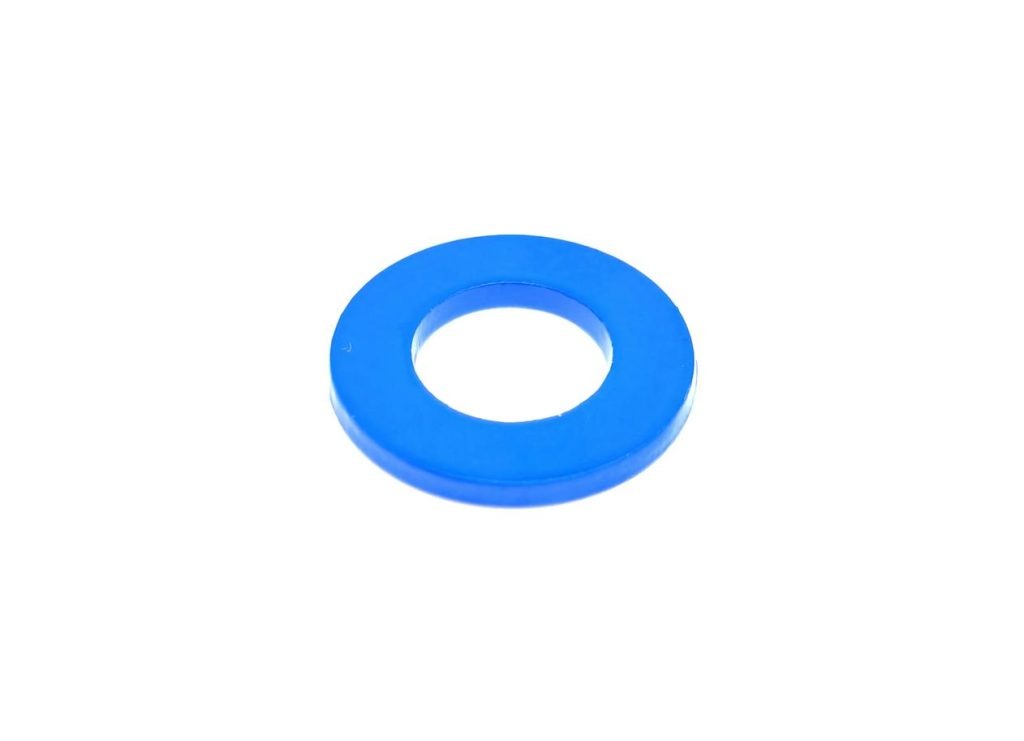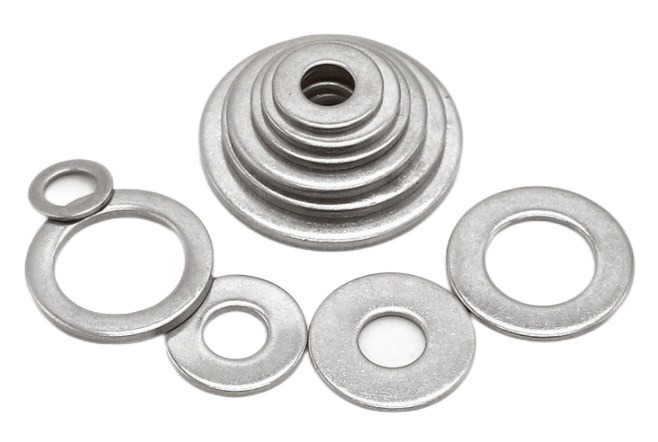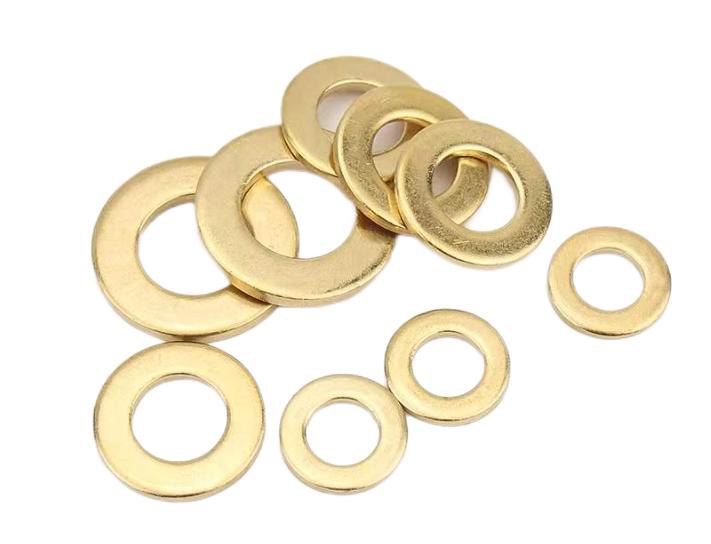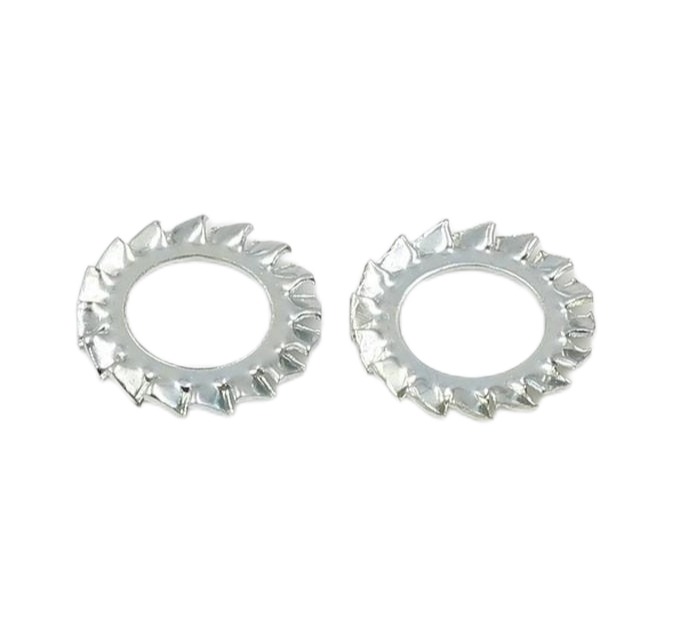Washers in Bolted Joints and Their Role in Preventing Loosen
Bolted joints are the workhorses of countless industries, responsible for securing everything from bridges and buildings to machinery and household appliances. While the bolts themselves receive most of the attention, a seemingly simple component, the washer, plays a critical role in ensuring the joint’s integrity and preventing a potentially disastrous outcome: bolt loosening.
This article delves into the mechanisms by which washers prevent loosening in bolted joints. We’ll explore the various forces at play, examine different types of washers, and discuss when their use is most crucial.
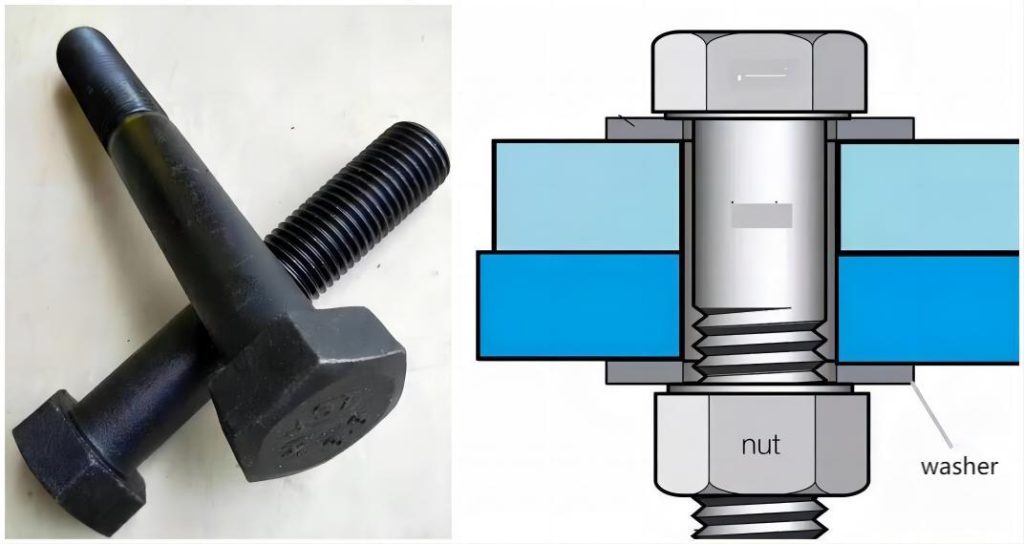
Mechanisms of Washer-Induced Loosening Prevention
Washers achieve their anti-loosening effect through a combination of three primary mechanisms: friction force, clamping force, and deformation energy.
1. Friction Force Mechanism:
The most basic principle involves increasing the friction between the contacting surfaces – the bolt head/shank, nut, and the parts being joined. This additional friction resists the rotational movement that would cause the bolt to loosen.
Spring washers exemplify this mechanism effectively. Their distinctive coiled shape allows for a slight elastic deformation when tightened. This creates a continuous clamping force that, combined with the textured surface of the washer, increases the frictional resistance between the connected components. This additional friction proves particularly beneficial in applications where vibrations or dynamic loads are present, as it helps prevent the bolt from self-loosening.
2. Clamping Force Mechanism:
Washers also contribute to preventing loosening by enhancing the clamping force between the bolt and the nut. They achieve this by distributing the pressure exerted by the tightened nut over a larger area. This distribution reduces the stress concentration on the connected parts, promoting a more secure joint.
The double nut tightening technique exemplifies the clamping force mechanism. Here, two nuts are used. The first nut is tightened conventionally, followed by the second nut being tightened against the first. As these nuts are tightened in opposing directions, they create a strong clamping force between themselves and the bolt shank. This force acts in addition to the inherent tightening force of the bolt, significantly increasing the resistance to loosening, particularly under varying load conditions.
3. Deformation Energy Mechanism:
Certain washers, categorized as preload washers, rely on the concept of stored deformation energy to prevent loosening. These washers require a specific preload force during installation to achieve their intended function. This preload causes the washer itself to undergo a calculated amount of plastic deformation.
When the bolt starts to loosen, even slightly, this deformation is reversed. The stored deformation energy within the washer is released, effectively pushing back against the loosening movement and re-establishing the original clamping force between the nut and the connected parts. This mechanism provides a safeguard against loosening, particularly in situations where the joint experiences external forces or vibrations.

Types of Washers and Their Anti-Loosening Effects
Washers come in various shapes and sizes, each offering distinct advantages in preventing loosening depending on the specific application. Let’s explore some of the most common types:
1. Flat Washers:
These are the simplest and most versatile types of washers. Their primary function is not directly related to preventing loosening, but rather to protect the surfaces of the connected parts from damage caused by the tightening force of the bolt and nut. Additionally, flat washers help distribute the clamping pressure more evenly, reducing stress on the connected materials. While they do not directly increase friction, they can indirectly contribute to a more secure joint by maintaining the integrity of the contact surfaces. Flat washers are typically used in static load applications or situations where surface protection is a primary concern.
2. Spring Washers:
As mentioned earlier, spring washers utilize their coiled shape and inherent elasticity to provide a continuous clamping force and increased friction. They are particularly effective in applications where the bolt experiences dynamic loads or vibrations, as the spring washer’s elasticity helps to compensate for potential stress relaxation in situations where the clamping length of the bolt is relatively short.
3. Wave Spring Washers:
These washers incorporate a wave-like form that offers superior performance in absorbing and mitigating vibrations and impacts. The wave form allows the washer to compress and expand, effectively dampening these dynamic forces. Additionally, the wave pattern creates increased contact surface area, leading to enhanced frictional resistance and preventing loosening due to vibration or shock. Wave spring washers are ideal for applications where machinery or equipment is subjected to significant dynamic loads.
4. NORD-LOCK Washers:
These washers stand out for their unique design, featuring two interlocking toothed sections. When tightened, the teeth on each washer interlock, creating a wedge effect. This wedging action prevents the washers from rotating further, even under severe vibrations. Any loosening attempt would force the wedges tighter, effectively locking the joint and preventing further movement. NORD-LOCK washers are particularly well-suited for applications with extreme vibration or dynamic loading conditions.
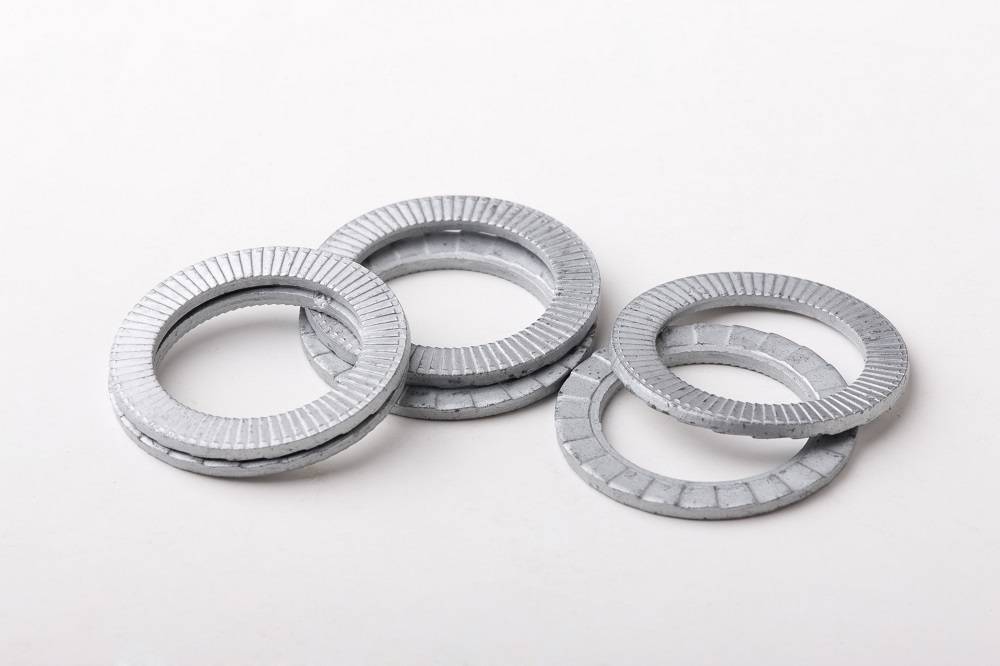
When to Use Washers
The decision to use washers in a bolted joint depends on several factors:
- Bolt Type: The type of bolt itself can influence the need for a washer. Shear stress bolts, designed to resist forces acting parallel to the shank, or bolts primarily subjected to axial loads (pulling forces along the bolt axis) may not require washers. These bolts often have features like large bearing surfaces or shoulders that distribute pressure and prevent loosening.
- Application and Load Requirements: The specific application and the type of load the joint will experience are crucial considerations. In static load scenarios where surface protection is a primary concern, flat washers might be sufficient. However, applications with dynamic loads, vibrations, or shock require washers that can handle these forces. Spring washers, wave spring washers, or NORD-LOCK washers would be better suited for such situations.
- Desired Fastening Effect: The desired level of security and the criticality of the joint also play a role. For non-critical applications with minimal load, a simple flat washer might suffice. However, for safety-critical joints or applications with high loads and vibrations, washers like NORD-LOCK washers or wave spring washers would be recommended to ensure the joint’s integrity.
Here are some general guidelines for washer usage:
- Flange nuts or bolts with large bearing surfaces often eliminate the need for washers due to their inherent ability to distribute pressure effectively.
- Spring washers or other specialized washers are often preferred in applications like automotive brake systems or mechanical shock absorbers where vibrations and dynamic loads are prevalent.
- In applications where joint integrity is paramount and loosening could have catastrophic consequences, using washers with strong anti-loosening mechanisms like NORD-LOCK washers is highly recommended.
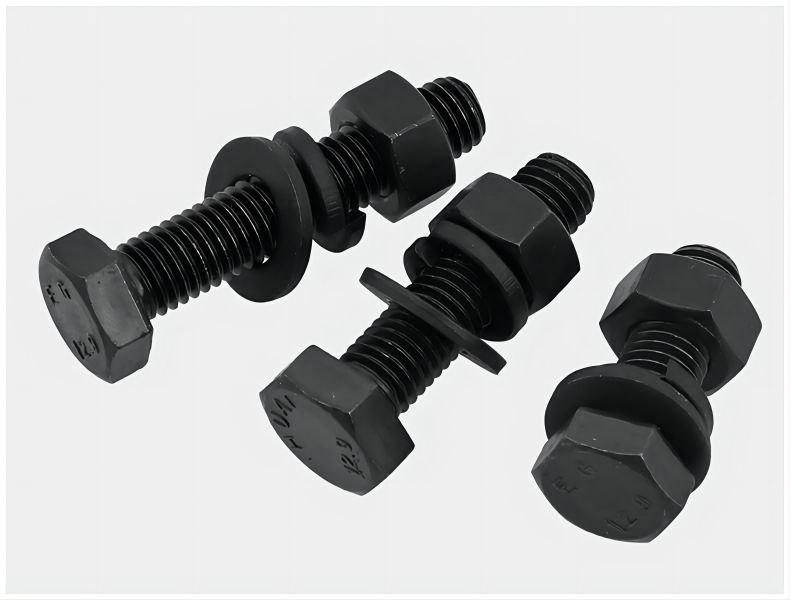
Conclusion
Washers, despite their seemingly simple design, play a vital role in ensuring the reliability and safety of bolted joints. By understanding the mechanisms by which they prevent loosening – friction force, clamping force, and deformation energy – and the different types available, engineers and assembly personnel can make informed decisions about washer selection for specific applications. Choosing the right washer ensures a secure joint that can withstand the intended loads and operating conditions, preventing potential failures and promoting overall system safety and reliability.

